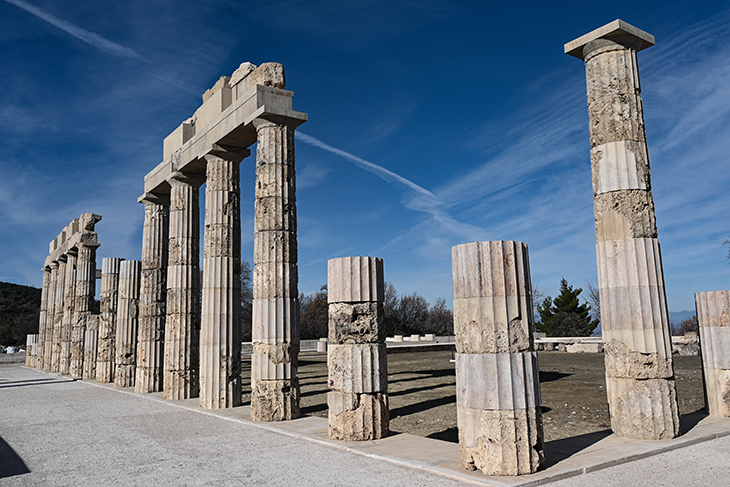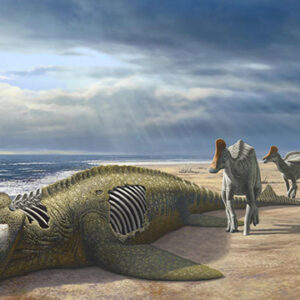
Phillip II of Macedon stands as a pivotal figure in the annals of the Classical Greek world. His transformative reign reshaped Macedon from a rural outpost into the seat of a burgeoning empire. Yet, despite his profound influence, Phillip often finds himself overshadowed by the towering legacy of his son, Alexander the Great.
In modern times, awareness of Phillip’s significance often requires a particular fascination with Alexander. However, recent developments in Macedonia offer a fresh opportunity for visitors to delve into the saga of Alexander, commencing with the remarkable figure of his father. Following a sixteen-year period of meticulous renovation, the grandeur of Phillip’s royal palace, known as Aigai, has been unveiled anew as an archaeological museum.
Aigai stands as a testament to Phillip’s grand vision, boasting architectural splendor that rivals the iconic stature of the US Capitol building. Within its majestic halls, a tapestry of events unfolded, ranging from opulent feasts to strategic war councils. Notably, it was within these very walls that Alexander’s ascent to power commenced, with his coronation following the tragic assassination of his father.
The reopening of Aigai offers a tangible link to the past, inviting contemporary audiences to immerse themselves in the rich tapestry of Macedonian history. Through this cultural renaissance, Phillip II emerges from the shadows of his celebrated offspring, reclaiming his rightful place as a pivotal figure in the mosaic of ancient greatness.
“After many years of painstaking work, we can reveal the palace … What we are doing today is an event of global importance,” Prime Minister of Greece Kyriakos Mitsotakis said when he spoke at the inauguration event on site Friday.
Aigai, requiring €20 million, or approximately $22 million for restoration, boasts magnificent features such as column-rimmed courtyards, expansive banquet halls, and intricately patterned marble and mosaic floors.
At its heart lies a grand central chamber supported by imposing marble columns, encircled by 15 smaller chambers, several of which showcase intact mosaic floors. Over years of meticulous excavation and reconstruction efforts, archaeologists and restoration specialists, interviewed by the Associated Press (AP), painstakingly reassembled much of the palace’s remains, often relying on conjecture.
Initially unearthed in the 1970s beneath shallow mounds, Aigai revealed treasures such as a golden funerary casket and skeletal remains believed to belong to Philip II. Today, it forms an integral part of a UNESCO World Heritage Site, along with the adjacent town of Vergina. Moreover, a newly established museum on the site proudly exhibits numerous artifacts discovered within Philip’s tomb, including those of his esteemed companions and nobility.
What are your thoughts? Please comment below and share this news!
True Activist / Report a typo


